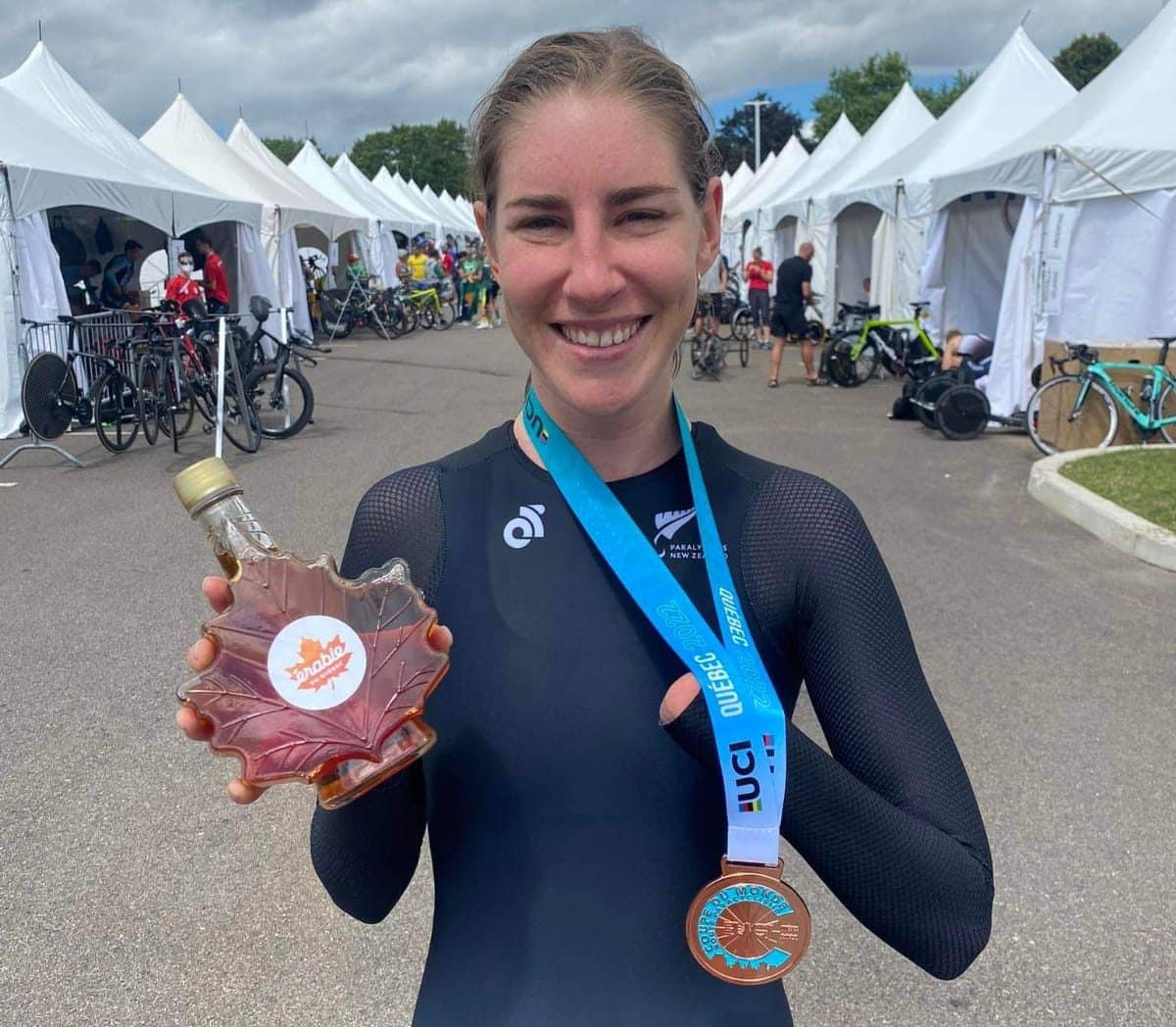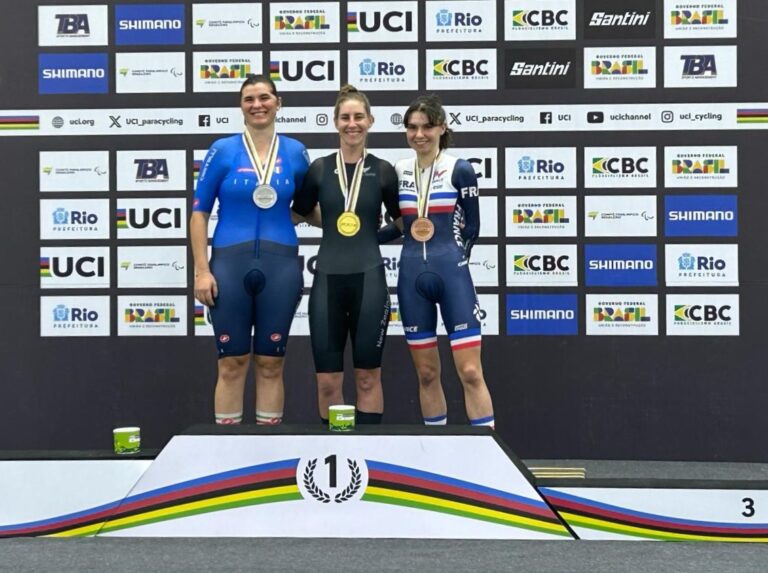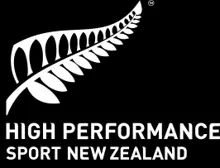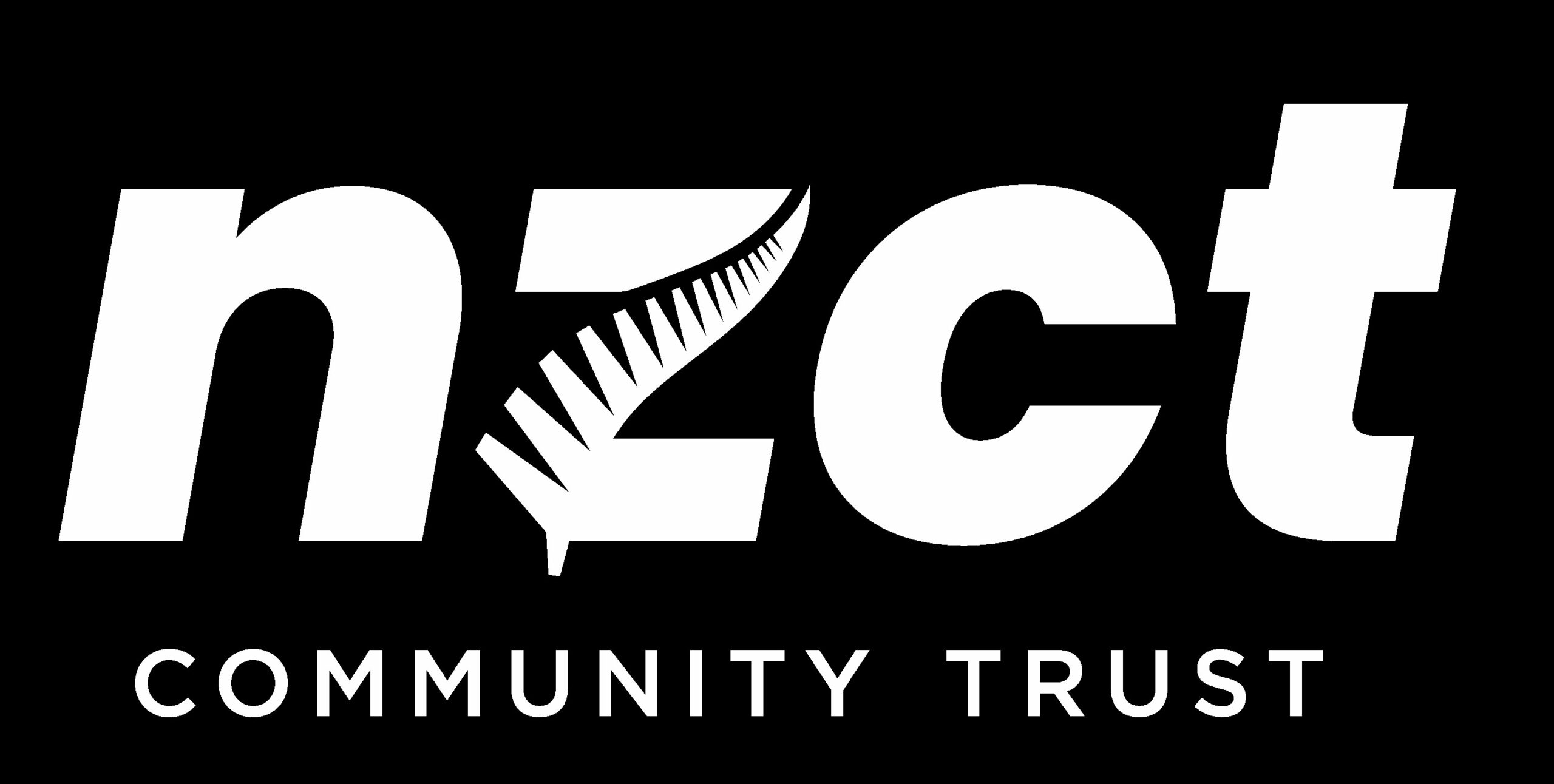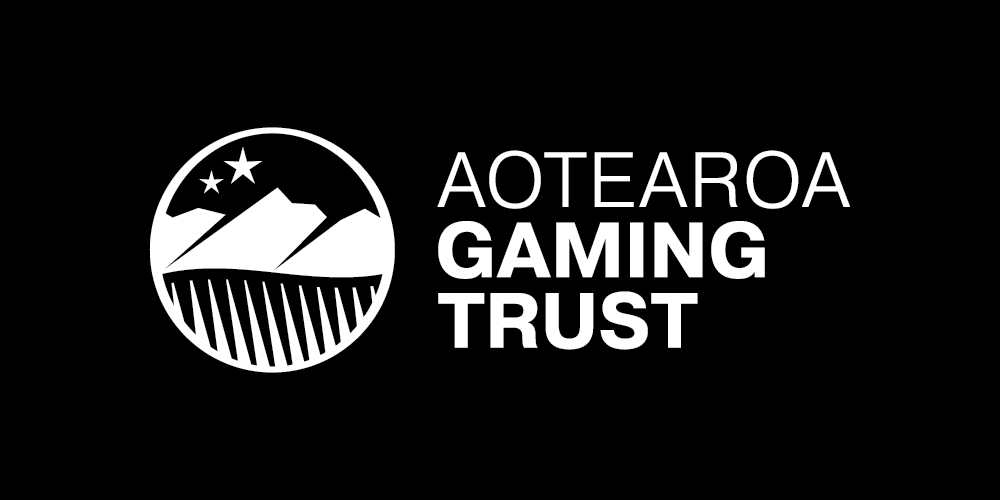Paralympian #222 Nicole Murray has once again shown she can hold her own against the best in the world. Lining up against a star-studded field of the world’s best C5 Para cyclists, Murray seized bronze in the time trial. The Para Cycling Team are competing at the Québec 2022 UCI Para Cycling Road World Cup.
Her time of 27:12.82 was under two minutes behind first place, which was claimed by the UK’s most decorated Paralympian, Dame Sarah Storey. The result has given Murray confidence heading into World Championships next week.
“I’m so proud of myself for securing the bronze today with how tough the competition was. Days like today really solidify in my mind the quality of the support staff, friends and family I have around me here and back home, who have given so much of themselves to help get me to this point. I’m looking forward to celebrating with everyone when I get home!”
NICOLE MURRAY, BRONZE MEDALLIST
The heat was challenging coming from a New Zealand winter, meaning Nicole’s preparation included the use of ice vests. Coach Damian Wiseman explains how today’s win demonstrates growth from Nicole since the last World Cups in May.
“Nicole’s performance was fantastic and really cements her as one of the premier riders in her classification. She came in behind Dame Sarah Storey, multiple time Paralympic champion on the bike.
“With this performance, she has backed up her gold medal win from the Elzach World Cup, following a solid block of training in New Zealand. It was a technical course and Nicole has built on her performance on the technical course from the Ostend World Cup in May. She is growing her performance capability on different and challenging courses.”
Teammates Fraser Sharp and Sarah Ellington also raced the time trial today, finishing 8th and 7th respectively. For full results, see table below. Team coach Damian says:
“We had Nicole, Sarah and Fraser racing today and all of the Para athletes really did push solid performances out on the roads of Québec today.”
Racing continues tonight with Eltje Malzbender and Stevo Hills competing in the road race. For full details, see the schedule:
Day | Para athlete | Race | Time | Placing |
|---|---|---|---|---|
Day 1 | Eltje Malzbender | Women’s T1 time trial | 44:50.23, +2:15.29 behind first place | Silver |
Day 1 | Stevo Hills | Men’s T2 time trial | 34:26.85, +2:37.28 behind first place | 6th |
Day 2 | Fraser Sharp | Men’s C2 time trial | 26:54.95, +1:41.61 behind first place | 8th |
Day 2 | Sarah Ellington | Women’s C2 time trial | 33:08.79`, +4:00.02 behind first place | 7th |
Day 2 | Nicole Murray | Women’s C5 time trial | 27:12.82, +1:56.22 behind first place | Bronze |
Day 2 | Elizabeth Gasson | Women's C3 time trial | 36:52.48, +9:35.96 behind first place | 6th |
Day 3 | Eltje Malzbender | Women’s T1 road race | 1:11:23, +03:44 behind first place | Silver |
Day 3 | Stevo Hills | Men’s T2 road race | 1:10:12, +01:18 behind first place | 4th |
Day 4 | Fraser Sharp | Men’s C2 road race | 1:41:07, +02:34 behind first place | 7th |
Day 4 | Sarah Ellington | Women's C2 road race | - 1 lap | 10th |
Day 4 | Nicole Murray | Women's C5 road race | 1:45:50, +05:21 behind first place | 5th |
Day 4 | Elizabeth Gasson | Women's C3 road race | - 1 lap | 6th |
WHAT DO THE CLASSIFICATIONS MEAN IN PARA CYCLING?
Classification groups Para cyclists with an eligible impairment into sports classes, according to how much their impairment affects their ability to carry out the fundamental activities in their sport.
- Para athletes who are able to use a standard bicycle (with approved adaptations) compete in the five sport classes C1-5. Sport class C1 is allocated to athletes with the most severe activity limitation, while the sport class C5 is allocated to athletes with minimum impairments. The C1-5 sport classes include athletes with limb deficiency, impaired muscle power or range of motion and impairments affecting co-ordination, such as uncoordinated movements and involuntary movements.
- Para cyclists who have a visual impairment race on a tandem bicycle with a sighted cyclist (pilot) at the front. They cycle in the sports class B. This class will include athletes with a range of visual impairment from a low visual acuity (less than 6/60) and/or a visual field of less than 20 degrees through to athletes with no vision.
- Para athletes who ride a tricycle are unable to ride a bicycle safely due to impairment affecting their balance and coordination. They are divided into two classes, T1 and T2. The sport class T1 is allocated to athletes with more significant balance and co-ordination impairments and problems controlling movements than athletes competing in sport class T2.
- There are five different sport classes for handcycle racing. The lower numbers indicate a more severe activity limitation. Para athletes competing in the H1 classes have a complete loss of trunk and leg function and limited arm function, e.g. as a result of a spinal cord injury. In the H4 class Para athletes have limited or no leg function, but good trunk and arm function. Para cyclists in sport classes H1 – 4 compete in a reclined position. In the H5 sport class Para cyclists sit on their knees because they are able to use their arms and trunk to accelerate the handcycle. Para athletes in this sport class might have leg amputations, paraplegia or mild to moderate involuntary and uncoordinated movements.
